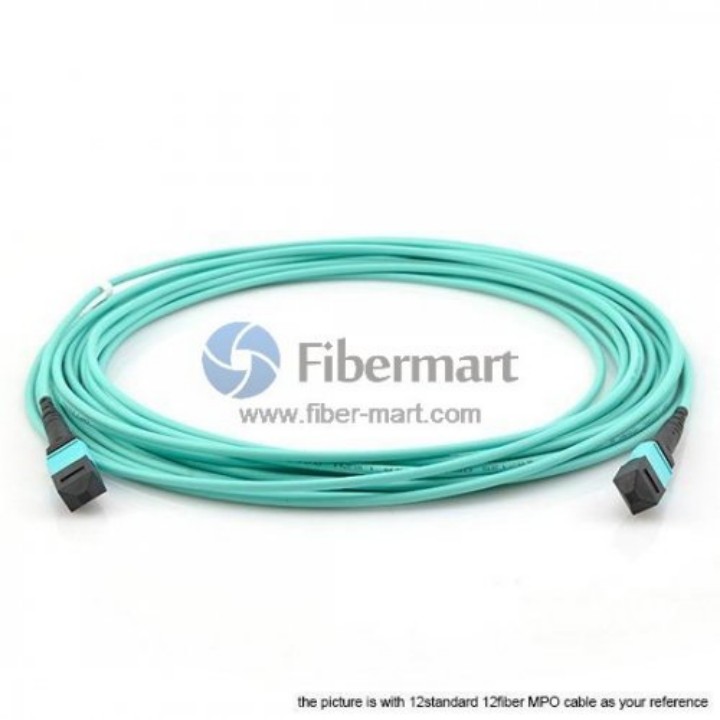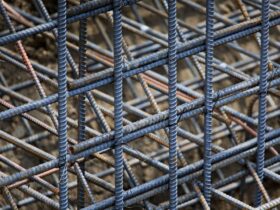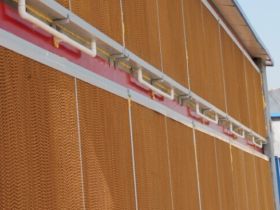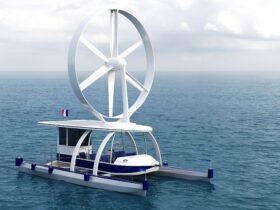Rising demand for ultra-low latency, exponential data growth, and the acceleration of cloud-native applications are transforming how modern data centers are designed and deployed.
This transformation reflects the need for scalable, high-bandwidth interconnects capable of supporting 100G, 200G, 400G, and beyond—while minimizing space, power, and complexity.
Among the most pivotal innovations enabling this evolution are MTP® trunk cables, which offer an elegant solution to the twin challenges of high-density cabling and rapid deployment.
These pre-terminated, high-fiber-count cables streamline structured cabling design, reduce installation time, and support modular growth—all while meeting the optical performance requirements of emerging standards such as 400gbase-SR8, 800GBase-SR8, and parallel single-mode optics.
As bandwidth requirements continue to double roughly every 18 months, MTP trunk cables are becoming foundational in hyperscale, enterprise, and edge data center topologies.
MTP®: More Than Just a Connector
The term MTP® (Multifiber Termination Push-on) refers to a high-performance, precision-engineered connector developed by US Conec and compliant with the MPO (Multi-fiber Push-On) interface standard.
While MPO connectors support up to 72 fibers in a single ferrule, MTP connectors enhance performance with superior insertion loss characteristics, mechanical durability, and alignment precision.
When bundled into MTP trunk cables, these connectors enable ultra-high-density interconnects in spine-leaf architectures, meet the optical budget for short- and mid-reach applications, and support flexible migration from 10G to 400G and beyond—all without re-cabling the backbone.
The Critical Role of MTP Trunk Cables in High-Speed Infrastructure
1. Rapid Deployment and Reduced Downtime
MTP trunk cables are pre-terminated and factory tested, eliminating the need for time-consuming onsite fiber splicing or connector polishing.
This speeds up deployment significantly—according to industry benchmarks, installations using MTP trunks are up to 75% faster than traditional field-terminated cabling solutions.
The plug-and-play nature allows technicians to connect hundreds of fibers with just a few cable assemblies, simplifying moves, adds, and changes (MACs) during live operations.
2. Support for Emerging Ethernet Standards
As high-speed standards continue to evolve, MTP trunks remain at the forefront of compatibility:
- 400gbase-SR8: Uses 16 fibers (8 transmit, 8 receive) with MPO-16 or MTP-16 connectors
- 400gbase-DR4: Uses parallel single-mode with 8 fibers and MTP-8 connectors
- 800gBASE-SR8: Targets 16-fibre implementations using MTP-16 for 8x100G lanes
MTP cables are also fundamental in supporting BiDi and PAM4 signaling formats, which are critical for next-gen network optics, which prioritize capacity and power efficiency.
3. High-Density Cable Management
With data centre footprints under pressure, MTP trunks are ideal for space-constrained environments. A single MTP-24 trunk can deliver up to 24 fibres in a 3.0mm cable, significantly reducing pathway congestion when compared to 12 discrete duplex LC cables.
High-density patch panels and cassettes further reduce rack space usage, supporting up to 288 fibres in just 1u of rack space.
This density is particularly crucial in spine-leaf topologies or distributed core designs, where hundreds or thousands of interconnects must be managed effectively without airflow blockage or thermal inefficiencies.
4. Scalable Infrastructure and Migration Paths
MTP trunks offer a clear upgrade path as bandwidth requirements increase. A well-designed MTP infrastructure supports:
- 10G to 40G migration via 8-fibre MTP-LC breakout
- 40G to 100G with 12-fibre or 24-fibre parallel optics
- 100G to 400G/800G using MPO-16, MTP-16, or MTP-24
Because MTP trunks are modular, infrastructure can be reconfigured or scaled without tearing down or replacing the entire cabling backbone. This protects capital investment and enables agile network evolution.

Fiber Types and Polarity Considerations
MTP trunk cables support both multimode (OM3/OM4/OM5) and single-mode (OS2) fibers. OM4 and OM5 are particularly relevant for SR4 and SR8 deployments due to their extended modal bandwidth and link length support—up to 100 meters for OM4 and 150 meters for OM5 in 400GBASE-SR8 applications.
Polarity management is also crucial. The three recognized polarity methods (A, B, and C) ensure correct Tx/Rx mapping across trunks, cassettes, and patch cords. Method B, often the preferred standard, allows plug-and-play polarity for duplex and parallel optic configurations with minimum risk of inversion errors.
Advanced solutions include polarity-reversible MTP connectors, allowing on-site reconfiguration and reducing the need for inventorying multiple polarity variants.
Pre-Termination and Testing Advantages
MTP trunk cables are factory terminated under controlled conditions, ensuring:
- Low insertion loss (≤ 0.35 dB typical for multimode; ≤ 0.20 dB for single-mode elite connectors)
- High return loss (≥ 60 dB for APC single-mode connections)
- 100% end-face inspection and interferometric testing
This guarantees consistency across thousands of interconnects and eliminates variability inherent to field termination. Pre-terminated cables also simplify certification, as test reports are typically included for insertion loss, polarity, and continuity.
Reliability and Environmental Performance
MTP trunk cables are designed for robust operation under demanding data centre conditions. Key attributes include:
- LSZH (Low Smoke Zero Halogen) jackets for safety compliance
- OFNP-rated cables for plenum environments
- Bend-insensitive fiber (BIF) to ensure minimal signal loss even under tight radius routing
Environmental and mechanical compliance to standards like IEC 61754-7 and TIA-604-5 ensures long-term performance, even in dense patching fields or high-movement tray environments.
Intelligent Infrastructure: The Next Step
With the rise of software-defined infrastructure and network automation, MTP trunks are increasingly being integrated into intelligent fiber management systems. These systems:
- Monitor interconnect utilization
- Detect disconnections or polarity mismatches
- Enable automated topology mapping
This visibility enhances operational agility and significantly reduces mean time to repair (MTTR). Integration with DCIM tools further improves capacity planning and fault diagnosis.

Choose Fibermart for Your High-Performance MTP Solutions
Building a future-ready data center requires more than just bandwidth—it demands structured, scalable cabling that supports fast deployment, high reliability, and seamless migration across technology generations.
Fibermart offers a complete suite of fiber optic solutions, including:
- Multimode and single-mode MTP trunks (8, 12, 16, 24, 48 fibers)
- Custom lengths, breakouts, and polarity configurations
- High-performance MTP connectors with elite ferrules
- Cassette modules, adapter panels, and intelligent cable management hardware
- 100% factory-tested and certified assemblies
Whether you’re upgrading a legacy environment to 100G, designing a greenfield 800G deployment, or building high-density interconnects in colocation spaces, Fibermart delivers the quality, expertise, and customization you need.
Explore the full range of MTP trunk cable assemblies at www.fibermart.com and build the foundation for your next-gen infrastructure.










